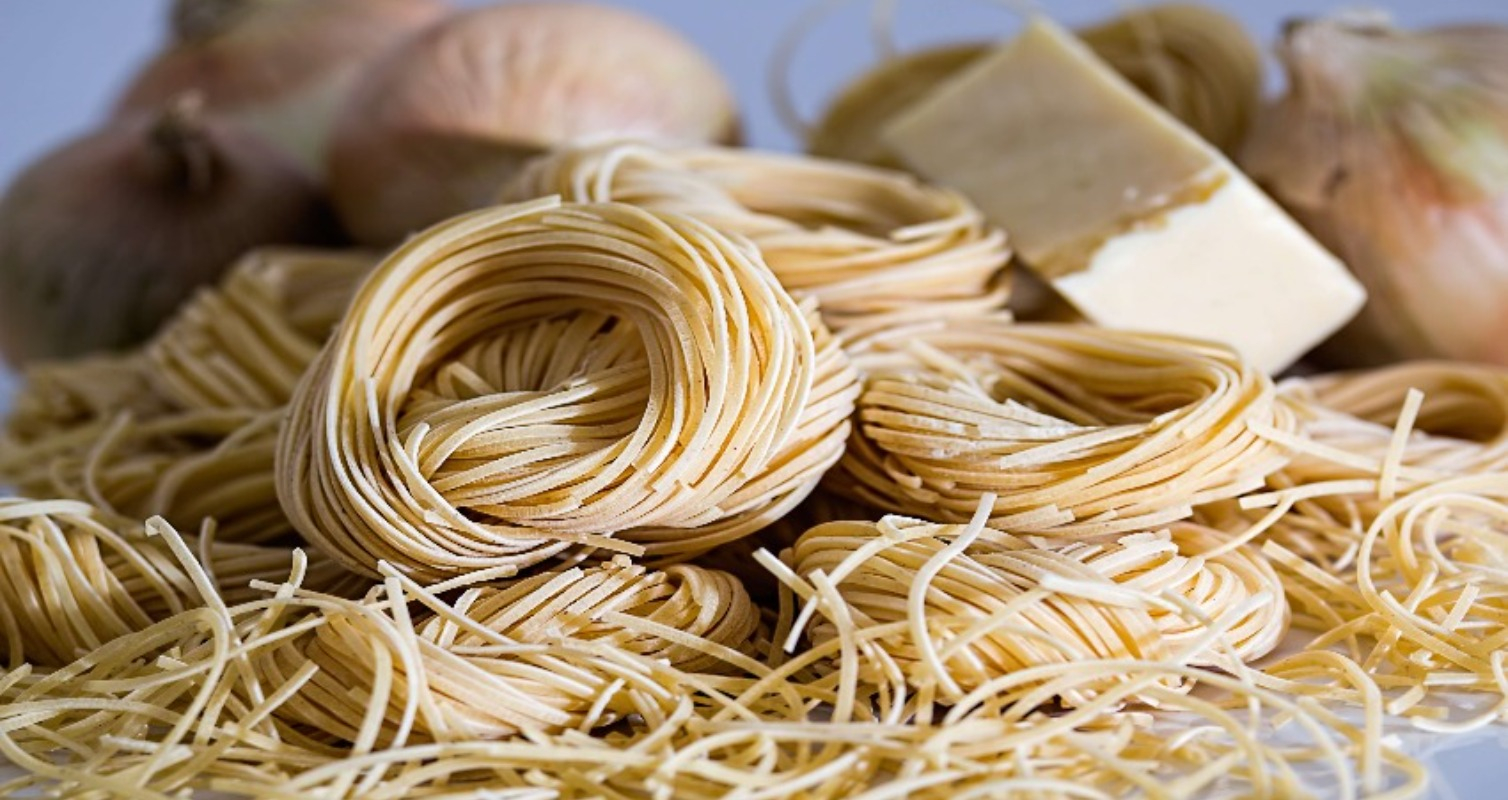Ramen vending machines represent a fascinating intersection of culinary culture and automation technology, offering quick, convenient access to a beloved dish. These machines are designed to provide hot, ready-to-eat ramen meals with minimal wait times, making them popular in locations where convenience and speed are essential, such as train stations, airports, and busy urban areas.
Key Features
- Selection of Ramen Varieties: Most ramen vending machines offer a variety of ramen types, including different broths (such as miso, soy sauce, salt, and pork bone), noodles, and toppings. This allows customers to choose their preferred flavor and style according to their tastes or dietary preferences.
- Preparation Process: Once a selection is made and payment is completed, the machine begins preparing the meal. Typically, this involves heating up pre-packaged broth and noodles separately to ensure optimal texture and flavor. Some advanced machines can even cook fresh noodles on the spot.
- Quick Service: From selection to serving, the entire process usually takes only a few minutes, making it an ideal option for those looking for a quick meal without sacrificing quality.
- User-Friendly Interface: Modern ramen vending machines feature intuitive interfaces, often touch screens, that guide users through the ordering process. Payment options may include cash, credit cards, and contactless payments, adding to the convenience.
- Temperature Control: To maintain the quality of the food, these machines are equipped with precise temperature control systems that keep ingredients at optimal conditions until they are prepared. This ensures that the ramen served is both safe and delicious.
- Innovative Technology: Some machines use advanced technologies such as robotic arms to assemble the dishes, ensuring consistency and hygiene. They might also incorporate AI to learn from customer preferences and suggest personalized recommendations.
Examples and Locations
- Japan: As the birthplace of ramen, Japan has seen various iterations of ramen vending machines, especially in high-traffic areas like train stations. Companies like Nissin, known for pioneering instant ramen, have explored vending machine concepts that offer restaurant-quality ramen.
- International Adoption: The concept has spread beyond Japan to other parts of the world, including the United States and Europe, where there’s growing interest in Asian cuisine and quick-service options.
Benefits
- Convenience: Offers a fast and easy way to enjoy ramen without needing to visit a restaurant, making it perfect for busy lifestyles or travelers looking for a quick meal.
- Consistency: Automated preparation ensures a consistent product every time, which can be challenging to achieve in traditional restaurants.
- Accessibility: Brings ramen to places where setting up a full-fledged restaurant might not be feasible, expanding the reach of this popular dish.
The ramen vending machine exemplifies how technology and tradition can come together to meet modern needs, providing a delightful culinary experience in an unexpected format.

